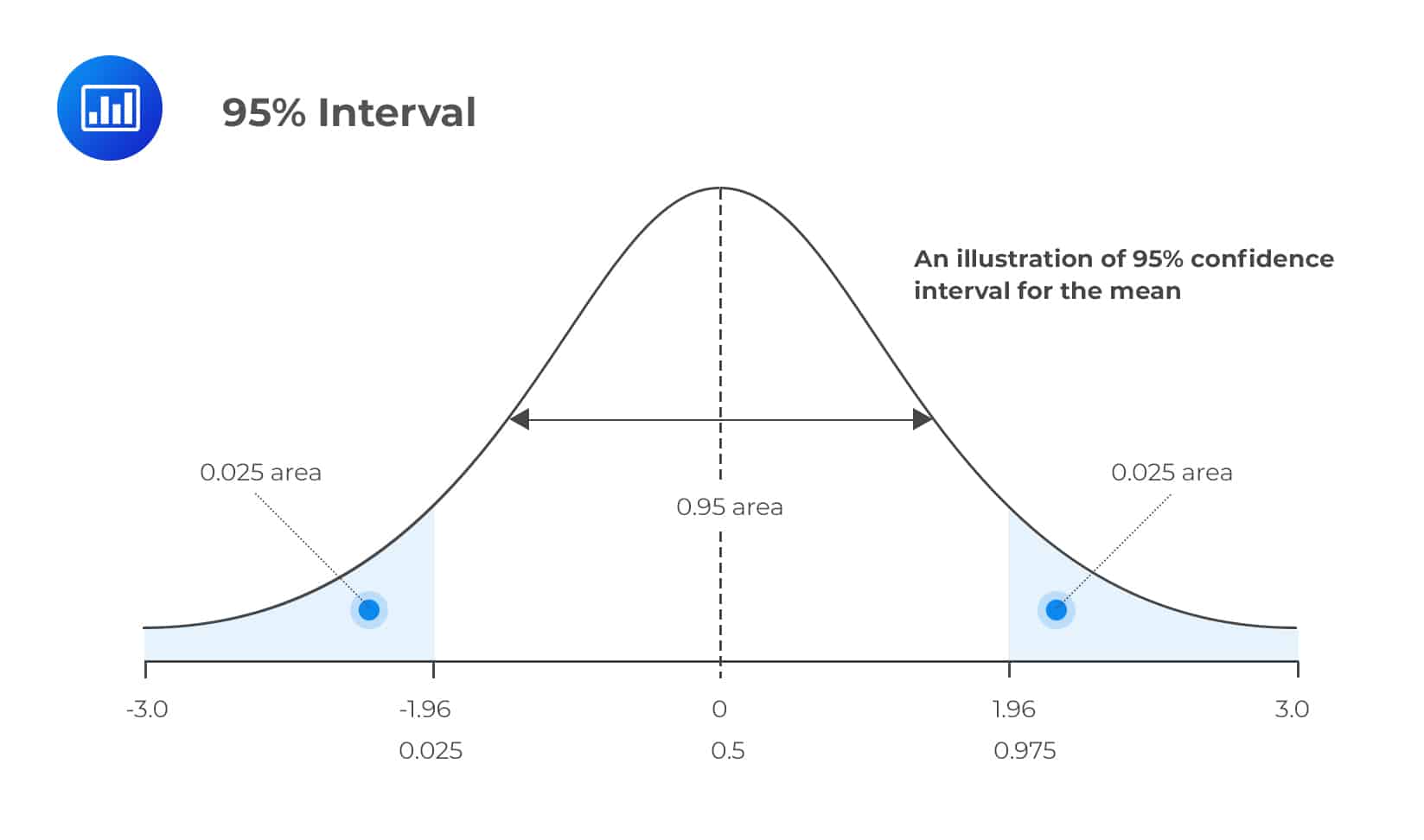Confidence interval is a statistic measure of uncertainty associated with an estimate of a population parameter. It is usually expressed as a range of values above and below the estimated value. The greater the width of the interval, the greater the uncertainty about the estimate.
Confidence intervals are used to convey an understanding of the range within which an unknown underlying population parameter may lie. They give an indication of the precision of the estimate derived from a sample of data.
In its most basic form, a confidence interval provides a range of values that is likely to contain the unknown population parameter. For example, it may be stated that 95% of the population lies within the specified interval.
Confidence intervals can be used to assess the statistical significance of the findings of a study. They can also help to assess the effects of various factors on the population.
There are various ways to calculate confidence intervals. The most frequently used methods are the t-interval, z-interval, and confidence interval formula. In addition, there are various software programs available to calculate confidence intervals.
The confidence interval is an important tool for data analysis. It is used to assess the accuracy of the estimates drawn from statistical data. It is also used to measure the level of confidence in the accuracy of the estimates.






